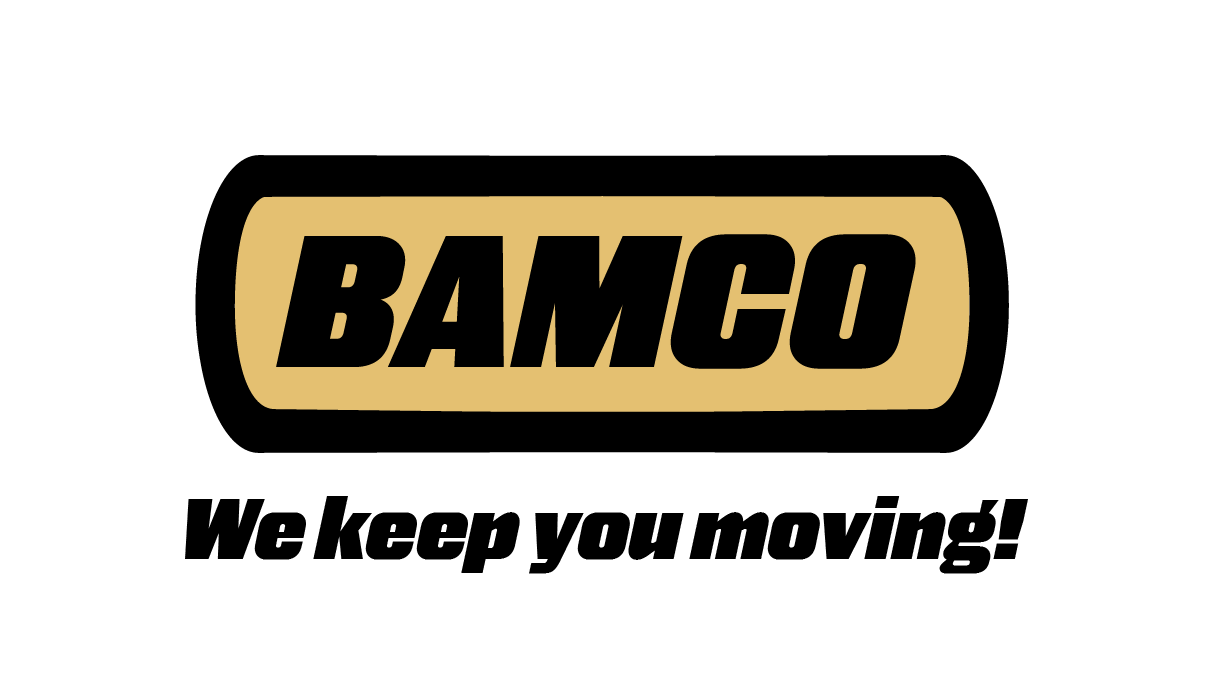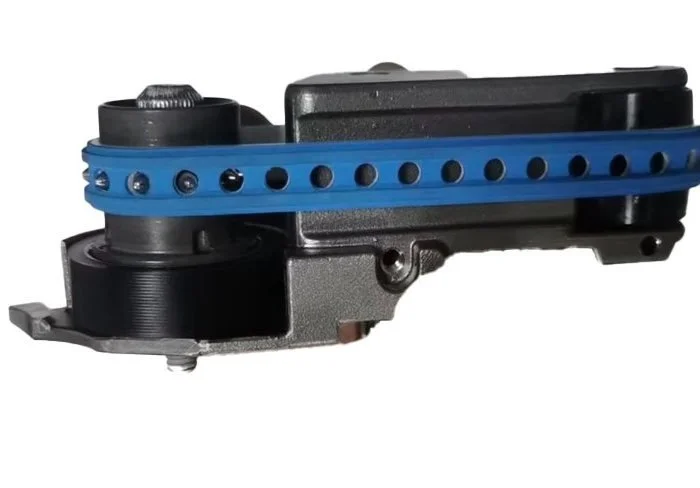Sheet Slow down belts or “suction belts” are critical for controlling sheet delivery and stacking at the end of high-speed printing lines. These watch-band like belts are designed with special materials and profiles to grip a sheet without marking or damaging it as it exits the sheeter. They are operating at increasingly fast speeds and as they begin to wear out you can see sheets slipping, fling off of the pile, jam, or misalign.
When should you replace sheet slow down belts?
Maintenance professionals should look to change their slow down belts on a regular schedule. By doing so they are able to ensure their prints are not damaged by a worn belt and keep their machines running smoothly. If you do not provide routine maintenance on your machines replace the belt as soon as you see any wear patterns or sheets misaligning.
KBA Rapida belt - worn
KBA rapida belt - new
What to look for when ordering Slow Down Belts?
Belt must meet oem specifications
These belts are often highly engineered and utilize specific hole patterns and profiles that are necessary to help them function correctly on your machines. Besides knowing the typical length and width of the belt for your machine it’s also important to know the following information:
Number of Perforations and their spacing - Slow down belts utilize holes on them that are for pins that perforate the belt. These pins are unique to each machine and the number of holes as well as spacing of those holes is the most important thing to make sure the belts will run correctly on your machine
Profiles and tooling required - Some slow down belts like the worn KBA Rapida belt shown earlier have indentations to help them better suction to the paper. Other belts use raised profiles or ridges that are used to reduce contact with the sheet or only contact in print free areas. Below are some examples of these profiles and tooling for slow down belts that Bamco offers.
Some common OEMS that use sheet slow down belts are Koenig and Bauer (KBA), Heidelberg, Komori, Mitsubishi, Weko, Manroland, and more!
2. belt Materials must be able to handle Your applications Print materials and speeds
Your sheet slow down belt acts as a brake at the end of the printing line and to do so it utilizes materials that can grip the sheet that does not leave marks. If your belts are prematurely wearing or leaving marks on your prints it is due to your belt materials not being up to standards. Some key things to note for slow down belts are:
Resistance to wear - The newest speedmaster machine from Heidelberg boasts a 21,000 sheets per hour compared to older machines that ran at 10,000 to 15,000 sheets per hour. As speeds increase belt materials must also level up in order to handle the new speeds. Avoid sponge/foam materials that will wear quickly and be wary of belts that utilize fillers in their cover materials to save money on costs.
High coefficient of friction - A high coefficient of friction indicates the ability of your belt to grip the paper you are running. Without a high coefficient of friction your sheets will slip thru as if the belt had been used on the machine for months. Look to use materials like Silicone, PU, Neoprene, and Natural Rubbers.
Non-marking - Sensitive print materials and sheets with both sides printed on need materials that will not damage the print area. If you are having problems with belts marking your sheets look for belts that are white and have FDA approval.
Want to explore more materials for slow down belts? See some materials used for slow down belts by downloading this pdf from our partners at Esband.
3. Endless base materials
There’s a reason OEM slow down belts are manufactured on endless base materials. Not utilizing endless base materials means your slow down belt will be much more likely to not fit your machine as there could be issues with hole spacing. Furthermore a failure at the splice on a slow down belt done at top speeds could cause critical damage to the sheets, the machine, and create a safety issue for the operators. Endless slow down belts are more durable and reliable.
How can Bamco help you with slow down belts?
✅ Machine Compatibility Guarantee
Our belts are currently running on machines like Heidelberg SM74, Komori Presses, and KBA Rapida’s. Let us know your part number to see if it’s already in our system.
We guarantee our belts will fit your machines hole pattern or we will refund your purchase.
✅ Procurement and lead times
Stocking programs available to help ensure belts are in stock and expedite shipping.
Reduce costs from the OEM and long lead times.
✅ customization and specialty applications
Requests for custom belt sizes, coatings, or fabrications to meet unique operational requirements.
Information on belts designed for high-speed operations or specific environmental conditions.










